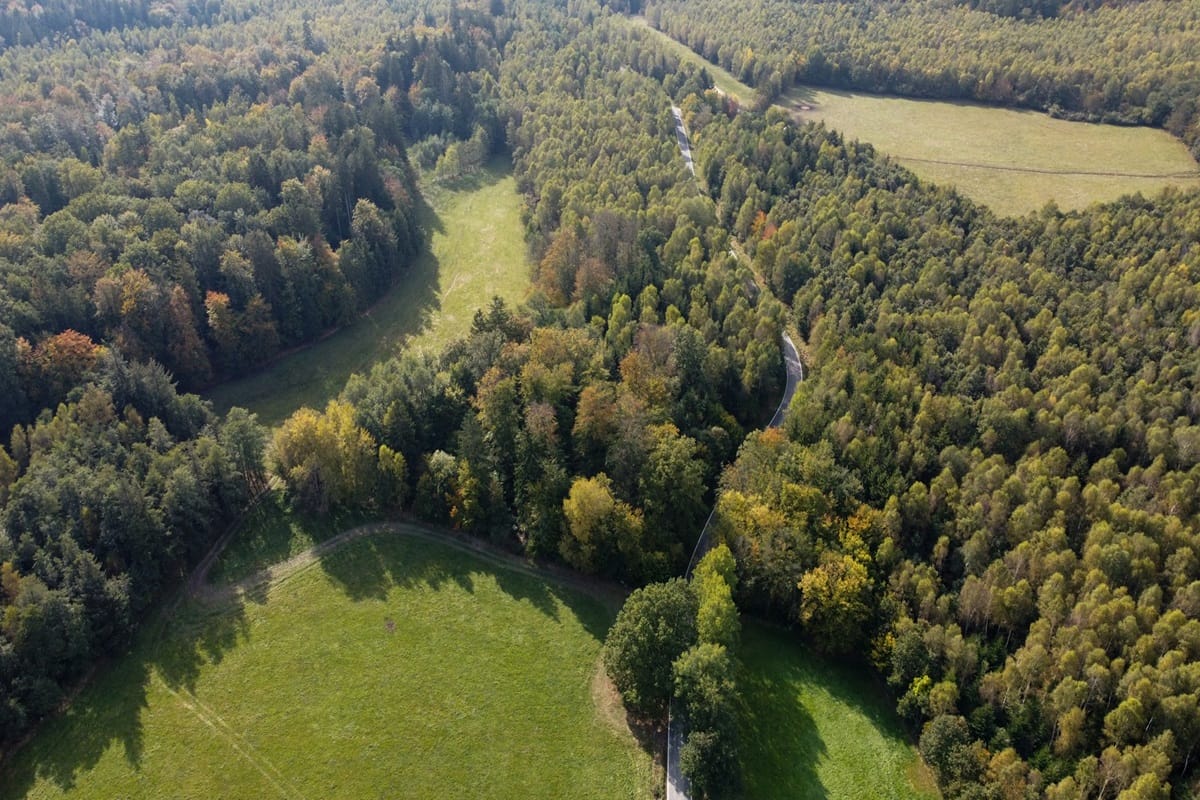BlueLayer is currently working on creating a software platform designed to be used by developers of carbon projects.

The mentioned startup, headquartered in Berlin, wants to help the specified developers manage carbon credits on a large scale.
The best way to prevent carbon dioxide emissions is to decarbonize supply chains. At the same time, carbon credits are also an important tool in the context of achieving relevant goals. These loans will be something of an ancillary solution in the coming years as part of decarbonization efforts.
Vivian Bertseka, co-founder and chief operating officer of the startup, is convinced that currently about 70% to 80% of emissions can be reduced through actions directly in the supply chains of industrial and consumer goods. At the same time, she noted that there are things that the company will have to do and that are not part of the supply chain.
The carbon offsetting system for developers of carbon projects is sometimes referred to as mitigation outside the value chain. BlueLayer is focused on this particular area.
The startup conducted an initial round of financing worth $5.6 million under the leadership of Point Nine. Before that, the company held a pre-seed round, which was attended by several angel investors and industry experts. The total amount of funding received by the startup is $10 million.
BlueLayer acts as a server part of the software for developers of carbon projects. The startup helps its clients in solving problems related to the management of carbon credits. BlueLayer is the single source of truth inventory and order information with the ability to create reports, use data visualization tools, and make decisions that can maximize revenue.
BlueLayer strives to ensure that its activities are focused on interaction with project developers. The startup’s proposals can help its clients in the framework of reforestation, forest conservation, restoration of peatlands, and much more. The company chose the SaaS revenue generation model, abandoning the algorithm for charging commissions from sales of carbon credits.
Alexander Argyros, co-founder and CEO of BlueLayer, said that the startup is not a broker or intermediary. He noted that the company does not charge large commissions from sales, which is why it needs to be aligned with one side of the ecosystem, which is the developers.
Currently, the creators of carbon projects need better management tools and improved solutions for integration with other stakeholders. BlueLayer can connect to legacy ERP systems, distribution channels, and rating agencies. In the future, project developers may have new needs. This is likely will happen at a time when there is a need to obtain pre-financing through forward contracts and pre-allocation of carbon credits.
It may seem that the startup’s activities will be limited in scale due to the lack of potential customers, but this is not the case. BlueLayer has already held talks with more than 200 developers of carbon projects.
In addition to its headquarters in Berlin, the startup has teams of specialists based in Athens and London. Alexander Argyros is the co-founder of the Moonfare investment platform. Vivian Bertseka was a climate investor in Generation Investment Management and a founding partner of Just Climate before creating BlueLayer.
As we have reported earlier, UAE to Establish Blockchain-Based National Carbon Credit System.









